What is Computer?
In this Blog we discuss about the computer basics like computer definition, Digital diagram and evolution of computer.
Computer is derived from the Greek word ‘compute’ which means ‘To calculate’. In early days Computer considered to be used for mathematical functions but Now a days computer can perform mathematical as well as general Purpose problems also.
Definition of Computer
Computer is a fast calculating device. It is an electronic device which takes data as Input, Process it according to the Instruction then Gives the Result as Output. It can Store information in the form of files which can be retrieved very fast.
Computer System consist of Hardware (HW) and Software(SW).
Best Laptop Computer System for Students
Digital Diagram Of computer System
Data
The raw facts or figures are known as data. Data has no meaning. It may be a number, Name, symbol, Sound etc. Data is being used by computer as Input.
Information
The logically arranged or organized form of data is known as information. eg. Marksheet, Merit List, Rate List, Invoice etc. The processed Data through the processor given as a result is the output of computer.
Knowledge
The related information becomes Knowledge.
Information Retrieval
To recall stored Information is Known as Information retreival.
Processing
Analysis of data is known Processing. The working of processor on the data according to the instructions is called processing.
EDP (Electronic Data Processing)
Analysis of data through electronic device is known as Electronic Data Processing.
Computer Hardware
The Physical components of computer are called computer hardware (HW).You can see and touch these parts. Eg. Motherboard, Hard disk, Monitor, keyboard etc.
Computer Hardware can be catogrized as Input parts, processing, output Parts, Memory, System Unit.
Computer Software (SW)
Software is the set of instructions or program. The instructions set of any software makes hardware to perform any task.
We can say, Software makes computer hardware to communicate and coordinate with each other. Software are categorized broadly in two types -System Software and Application Software.
Humanware
The Human who uses the computer is called Humanware or user. T
Firmware
Firmware is a hardware with embedded software. ex ROM chip on Motherboard.
Characteristics of Computer
1. Speed
One of the important quality of computer is its fast speed of calculations.The present computers can make millions of calculations at the speed of nano seconds.
2. Storage
The internal memory of computer can store large amount of data and instructions and The external memory (storage devices) of computer can store a vast amount of information, you can even retrieve them very fast.
3. Accurate and reliable
If program or data is error free which are written by human then computer perform the task accurate calculations and gives you the reliable result.
4. Automatic
Computer is an automatic machine, during calculation there is no interference of human.
5. Diligent
As compared to human computer it does not feel bored or tired. It can do the same job again and again without any rest.
6. Versatile
Present days computer can do various jobs simultaneously. like listening a song as you type a letter and printing any excel sheet.
History of computer
Modern digital computers have come into existence since last 50 years. But their evolution history is very old. Now a days computer is present in every aspect of life. It has made a lot of work easier. Different Inventions in the path of computer’s evolution are-
ABACUS
About 3000 BC the First known device for computation is Abacus made by Babylonians. Then its other version of abacus was used in China, Europe , and Russia. The origin of Abacus still unknown. As seen in fig given below it was made of wooden frame with grid of rods. The rods contains bead in it.
It is used for addition, Subtraction, multiplication and divisions.
Napier’s Bone
In 1617 John Napier of Scotland created a manually operated device made with 10 rods of bones. It is used to do multiplication and division. The calculation method is based on lattice multiplication and also called “Rabdology” term given by John Napier.
Slide Rule
William Oughtred of Germany Invented the Slide Rule in about 1622. The Slide rule inspired by Napier’s Logarithm. It is the most popular calculation device till 1970.
Pascaline
Blaise Pascal of France Made first Mechanical calculator in 1642 called Pascaline or Adding Machine. Pascal’s calculator was especially successful in the design of its carry mechanism, which adds 1 to 9 on one dial, and carries 1 to the next dial when the first dial changes from 9 to 0.
Mechanical Calculator of Leibniz
In 1671 Gottfried Wilhelm von Leibniz the Mathematician of Germany designed a mechanical calculator called the step Reckoner.
Jacquard’s Loom
Joseph Marie Jacquard of France in 1801 made a loom controlled by a machine which have chain of punch cards. These punched card stores the information of designs for fabric. It is a mechanical machine used to prepare complex designs on the textile.
Difference Engine
Charles Babbage of England in 1822 created an automatic mechanichal calculator machine fueled by steam
Analytical Engine
After Difference Engine In 1833, Charles Babbage of England proposed Mechanical General Purpose Computer known as Analytical Engine.This Machine has five main parts- 1. Input Unit, 2. Store, 3. Mill, 4. Control, 5. Output Unit.
This mechanical machine is the basic Model for Modern Computers. It is able to perform Mathematical calculations
Tabulating Machine or Census Machine
Herman Hollerith of America in 1889 developed a punched card electromechanical tabulating machine. It is also used for census in 1890 that is the beginning of semiautomatic data processing system. Herman Hollerith also establish a Tabulating Machine company to produce punch cards machine.
Herman founded a company Computing Tabulating Recording (CTR) in 1911 which was renamed in 1924 to “International Business Machine” in short IBM
Mark-I
A project conceived by Harvard University’s Dr. Howard Aiken of America, the Mark I was built by IBM engineers. Harvard Mark 1 is the world’s first fully automatic Electromechanical calculating device MARK 1. This include small gears, counter, switch and control circuits of interlocking panels. Data was entered Manually. Magnetic Drums are used to store information. It is used for Mathematical calculations.
ENIAC
In 1946 the ENIAC was designed by John Mauchly and J. Presper Eckert of the University of Pennsylvania. ENIAC ( Electronic Numerical Integrator and Computer) was the first electronic general-purpose digital computer.It was able to solve “a large class of numerical problems” through reprogramming.
EDVAC
EDVAC (Electronic Discrete Variable Automatic Computer) was one of the earliest electronic computers. that was binary rather than decimal.It was designed to be a stored-program computer.
EDVAC was delivered to the Ballistic Research Laboratory in 1949. After a number of problems had been discovered and solved, the computer began operation in 1951 although only on a limited basis
EDSAC
The Electronic delay storage automatic calculator (EDSAC) was constructed by Maurice Wilkes and his team at the University of Cambridge Mathematical Laboratory in England. EDSAC was the second electronic digital stored-program computer to go into regular service in 1949.
UNIVAC
UNIVAC (Universal Automatic Computer) is a line of electronic digital stored-program computers starting with the products of the Eckert–Mauchly Computer Corporation. Later the name was applied to a division of the Remington Rand company and successor organizations.
In the course of its history, UNIVAC produced a number of separate model ranges. Early UNIVAC 1100 series models were vacuum tube computers.
The original model range was the UNIVAC I (UNIVersal Automatic Computer I), the second commercial computer made in the United States. The main memory consisted of tanks of liquid mercury implementing delay line memory, arranged in 1000 words of 12 alphanumeric characters each. The first machine was delivered on 31 March 1951.
The UNIVAC II was an improvement to the UNIVAC I that UNIVAC first delivered in 1958. The improvements included magnetic (non-mercury) core memory of 2000 to 10000 words.

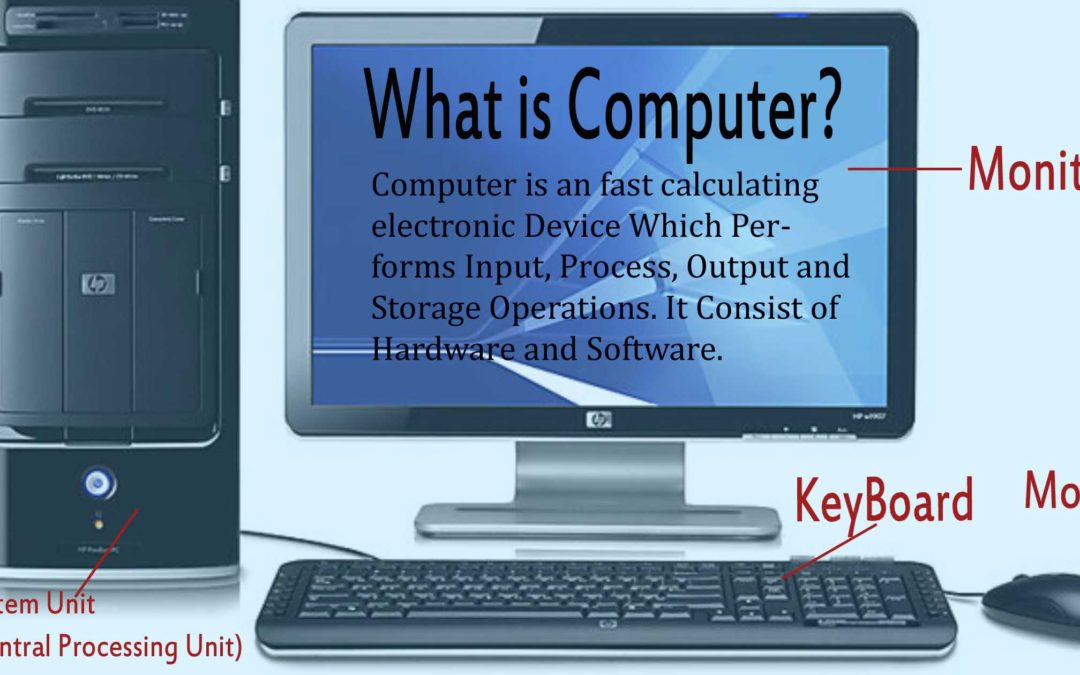
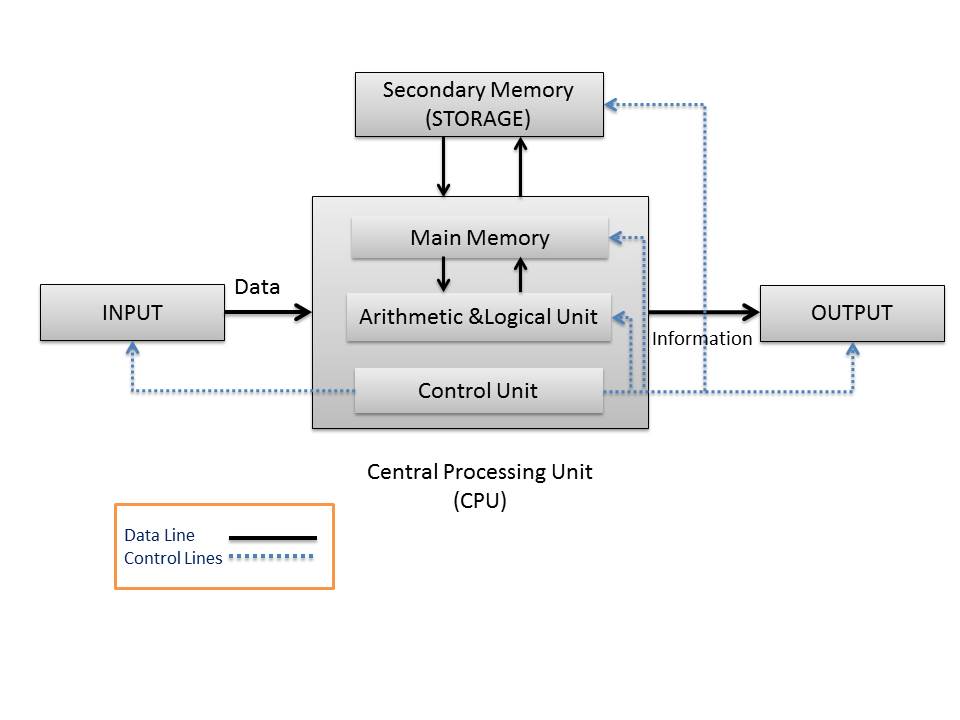
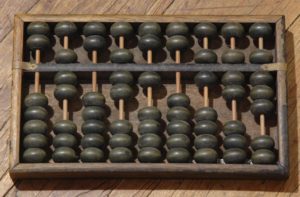
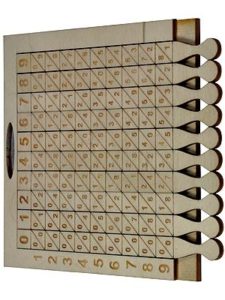
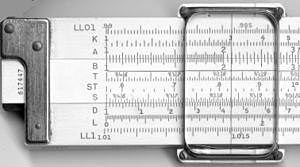
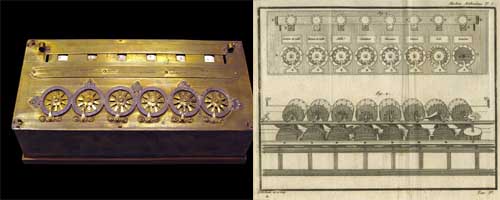
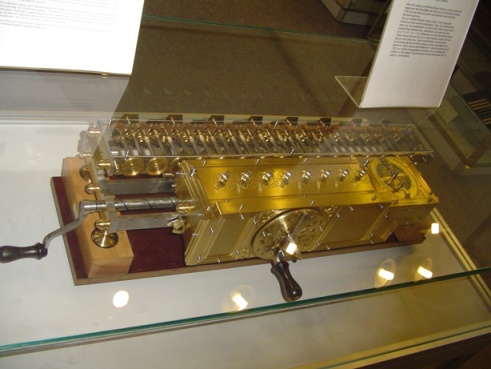
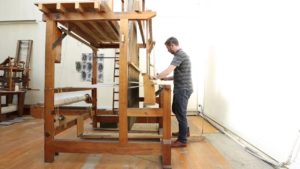
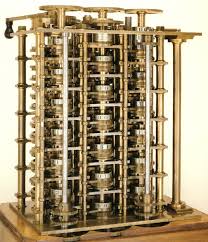
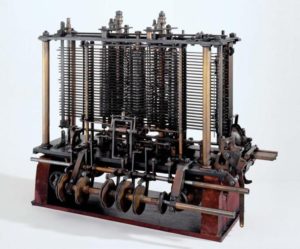
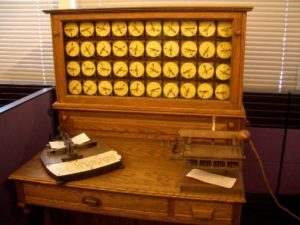
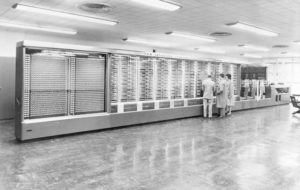
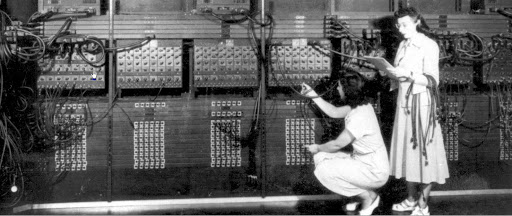
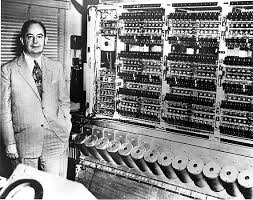
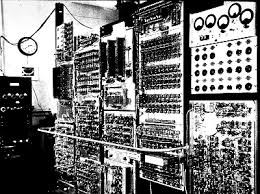
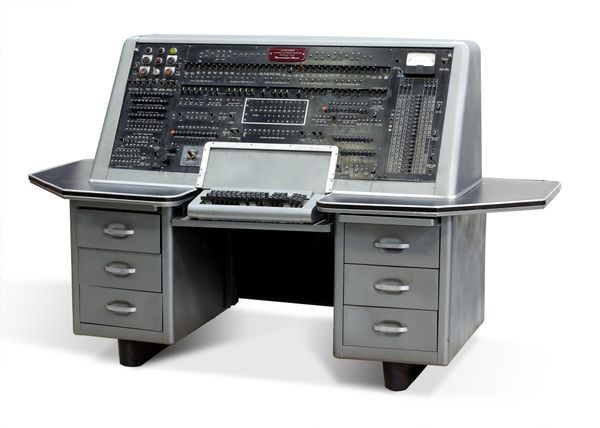
Recent Comments